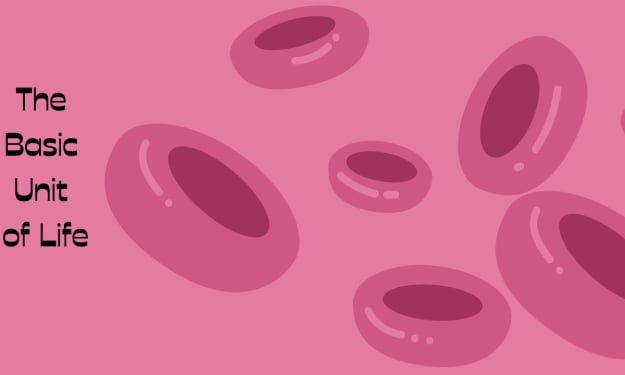
Human bones may not seem exciting, but they play crucial roles in our bodies. They not only provide structural support and protection for our organs but also serve as storage for fat and essential minerals, as well as the site for blood cell production. Bones are complex structures, with different layers and functions.
To explore the world inside a bone, you'd first need to navigate through various layers of tissues. Starting with the skin, which is your body's largest organ, you'd encounter a labyrinth of hair follicles, sweat glands, nerve endings, and blood vessels. After passing through the layer of fat beneath the skin, you'd enter the muscular tissue, where cells are ready to help you move. These cells form bundles, making your muscles strong.
Further in, you'd reach the thin, dense membrane covering the outer surface of a bone, primarily composed of connective tissue and numerous blood vessels. Inside this surface layer, stem cells are found, which are most active in childhood and become less so as we grow older. However, if a bone is damaged, these stem cells spring into action to initiate repairs.
Moving deeper into the bone, you'd encounter the compact bone, the dense, solid outer layer that's difficult for X-rays to penetrate. This part makes up 80% of your bone mass and provides structural strength. Inside this layer, microscopic columns house more bone-producing cells, with a central canal connecting them to nerves and blood vessels.
Once you get through the compact bone, you'd enter the spongy bone, characterized by its porous, honeycomb-like structure. This tissue is lighter, less dense, and more flexible than compact bone and contains red bone marrow that produces blood cells. Spongy bone is typically found at the ends of long bones and near joints.
The human skeleton consists of five types of bones: long bones (e.g., thigh or upper arm bones), flat bones (e.g., ribs and skull), short bones (e.g., wrists and ankles), sesamoid bones (e.g., kneecap), and irregular bones (e.g., facial and skull bones). As an adult, you have 206 bones in your body, but you're born with more, and some of these fuse as you grow.
Bones continuously renew their mineral content, and the smallest bone in your body is the stapes, found in your middle ear. The enamel covering your teeth is even harder than your bones. Your longest and strongest bone is the femur in your leg.
Interestingly, although teeth are part of the skeletal system, they aren't counted as bones. More than half of your body's bones are in your hands and feet. The tongue has a small, V-shaped bone called the hyoid that holds it in place.
While bone color may appear white, it's more yellow or pinkish on the outside and deep red inside due to the presence of blood vessels. When a bone fractures, it can heal on its own by producing new bone cells, although a cast can help stabilize and align the healing process.
Throughout history, people have known how to treat broken bones. In ancient Egypt, around 1600 BCE, fractured bones were realigned and bandaged with linen. However, we can't consciously control our bones' movements; our muscles are responsible for this. Our bones reach their maximum density around the age of 30.
Out of all the creatures on Earth, only about 10% are vertebrates, including humans, which means they have a skeletal system. Bones are covered by cartilage to prevent direct rubbing between them. The enamel on teeth is harder than bones, and the knee is the largest joint in the body. Some joints hardly move or are immobile, such as those between teeth and the first pair of ribs.
Bones store essential minerals like calcium and phosphate, releasing them into the bloodstream when needed. Lastly, the "funny bone" isn't a bone but a nerve running inside your elbow. Hitting it can result in a sharp, painful sensation.
Thanks for reading!





Comments
There are no comments for this story
Be the first to respond and start the conversation.